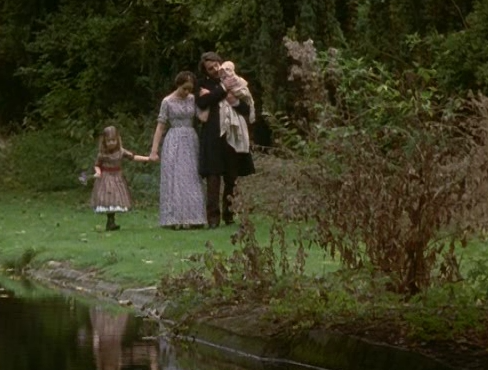The Ending of Jane Eyre Explained
The ending of Charlotte Brontë’s “Jane Eyre” remains one of the most discussed and analyzed conclusions in classic literature. As readers turn the last pages, questions about Jane’s choices and her relationship with Rochester often arise. Understanding this ending not only enriches the reading experience but also provides insights into the themes of independence, love, and morality that permeate the novel.
The Transformation of Jane Eyre
At the heart of “Jane Eyre” is the transformation of its protagonist, Jane. By the time she returns to Thornfield Hall, Jane has undergone significant personal growth. She is no longer the timid, dependent orphan we first meet; instead, she embodies strength and resilience. This change is crucial in the ending, as it allows her to confront Rochester as an equal. When Jane declares her love for Rochester, it’s not just a romantic gesture but a statement about her autonomy. The ending illustrates that love does not equate to surrendering one’s identity, but rather enhancing it through mutual respect.
Rochester’s Redemption Arc
Rochester’s character experiences a substantial arc throughout the narrative, culminating in the ending. Following the fire at Thornfield, which symbolizes the destruction of his former life, Rochester becomes dependent on Jane. His physical blindness serves as a metaphor for his emotional growth; it is through his vulnerability that he becomes a more compassionate and self-aware individual. The reunion between Jane and Rochester is not just a romantic resolution but a testament to redemption and personal transformation. Their relationship, marked by equality and respect, reflects Brontë’s progressive views on love and marriage during the Victorian era.
Themes of Independence and Fulfillment
“Jane Eyre” is as much about Jane’s self-discovery as it is about her relationship with Rochester. In the ending, Jane asserts her independence, choosing to return to Rochester not out of obligation, but out of genuine love and desire. This decision highlights a critical theme: fulfillment comes from knowing oneself and making autonomous choices. It’s a powerful message for readers, especially in a time when women often felt constrained by societal expectations. By juxtaposing personal freedom with passionate love, Brontë crafts an enduring narrative that encourages readers to pursue both self-identity and emotional connection.
In conclusion, the ending of “Jane Eyre” invites readers to explore profound themes of love, independence, and personal growth. Jane’s journey from a constrained orphan to an empowered woman serves as an inspiring reminder of the importance of self-discovery. If you haven’t yet delved deeply into Brontë’s masterpiece, take a moment to reflect on these themes and how they resonate in today’s world. Happy reading!
